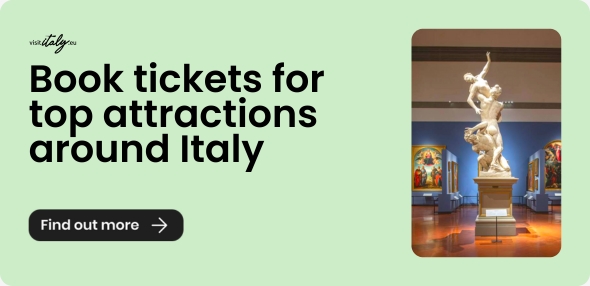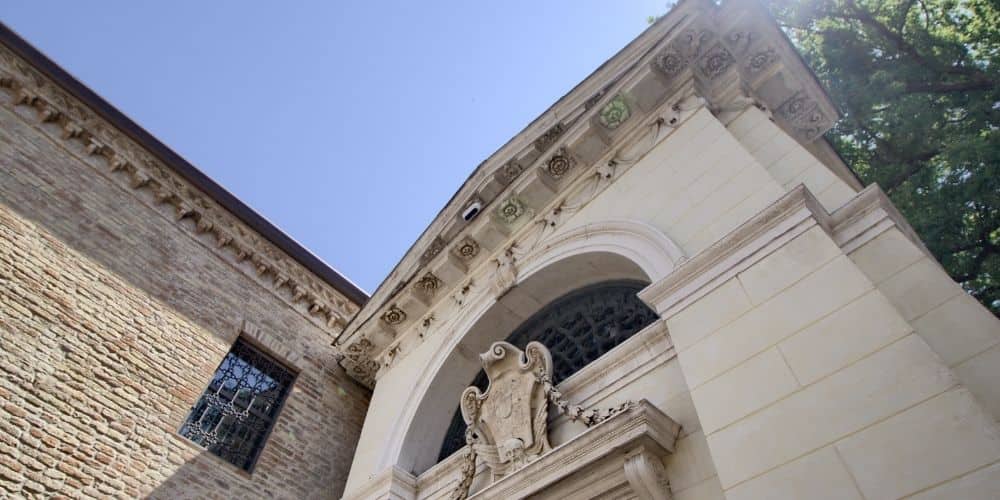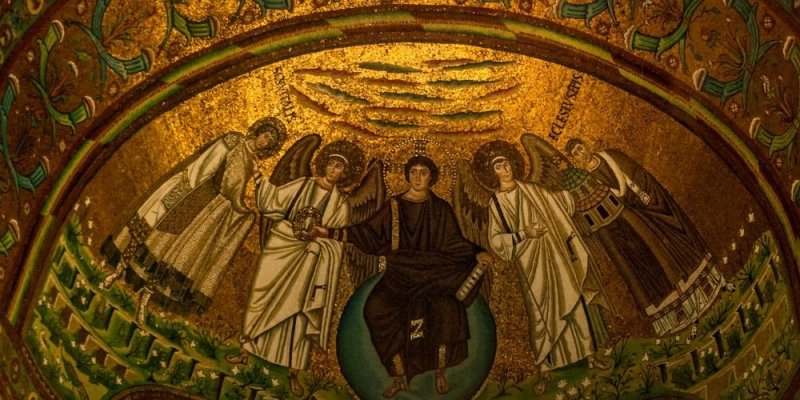In this chief-town of Romagna, the poet was able to work as Guido Novello's ambassador in Venice, when Doge Giovanni Soranzo was in charge; and to finish the most famous work of his literary production, the Divina Commedia. His sons, Pietro and Jacopo, wrote their comments on the Commedia here, while his daughter Antonia took her vows as nun with the evocative name of Sister Beatrice.

Dante's places in Ravenna

Dante's places reported in Ravenna are:
- The Tomb, work of the architect Camillo Morigia at the end of the 19th century. Previously, the poet's remains had been placed in a sarcophagus outside the Basilica of San Francesco and later, in October 1677, at the Quadrarco di Braccioforte, an ancient oratory adjacent to the church, the bones had been positioned in a wooden box hidden inside a wall by the Franciscan monks of the time, who feared yet another attempt by the Florentines to claim them.
- The Basilica of San Francesco, where Dante Alighieri's funeral was celebrated. Every evening, at the sunset, thirteen rings sound from Dante's bell, placed behind the tomb on September 14, 1921 as a gift from the Municipalities of Italy to the city of Ravenna. The bell contains the coats of arms of Ravenna, Florence and Rome, where it was manufactured.
- The Dante Museum, which opened its doors to the public for the first time on the occasion of the celebrations of the sixth centenary of the poet's death in 1921. Here there are both pictorial, sculptural and multimedia works, with videos aimed above all to a young audience. The museum is located in the Franciscan Cloisters, of which the first one is dedicated to Dante.
- City legends see the Sommo Poeta going to contemplate at Sant'Apollinare Nuovo, the Basilica of San Vitale and the Mausoleum of Galla Placidia, surrounded by the glitters and colors of the mosaics, to seek inspiration for the drafting of the Commedia: different verses and passages inside the poem, bear traces of the contact between Dante and the iconographic and chromatic repertoire of Ravenna's mosaics.
About the author
Written on 04/06/2021



Maria Vittoria Gardelli
It was the year 1318: after a tumultuous escape from his native city; and various stays in different places on the peninsula, due to the exile imposed by Cante Gabrielli, the new Podestà of Florence, Dante Alighieri arrived in the city of Ravenna, at the court of Guido Novello da Polenta.